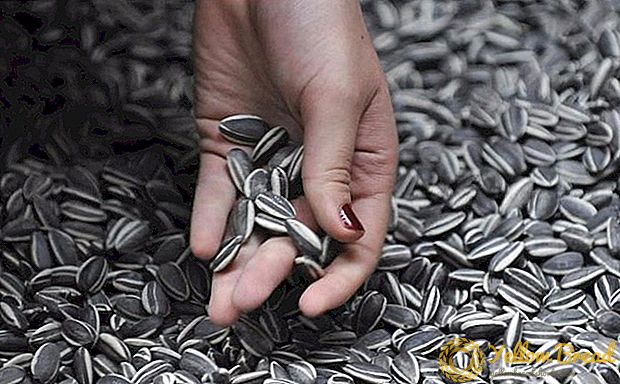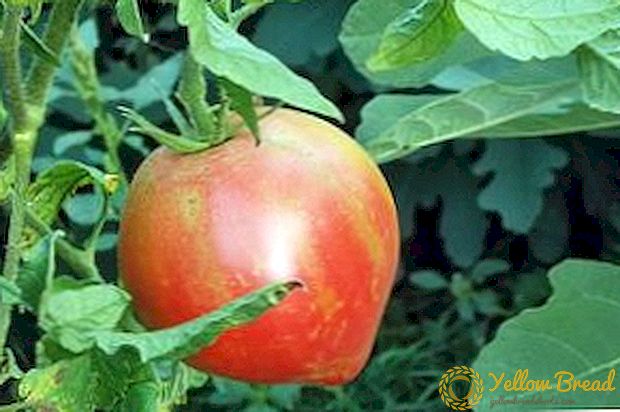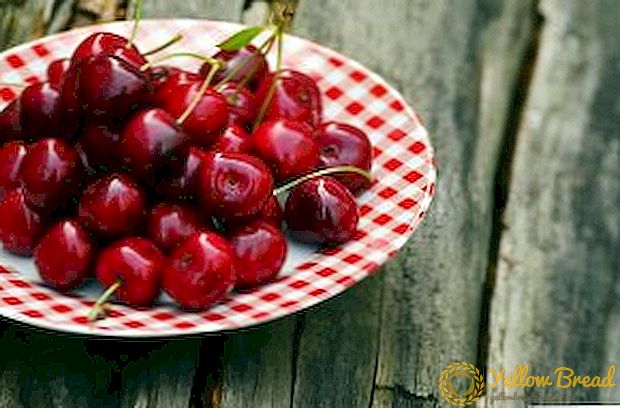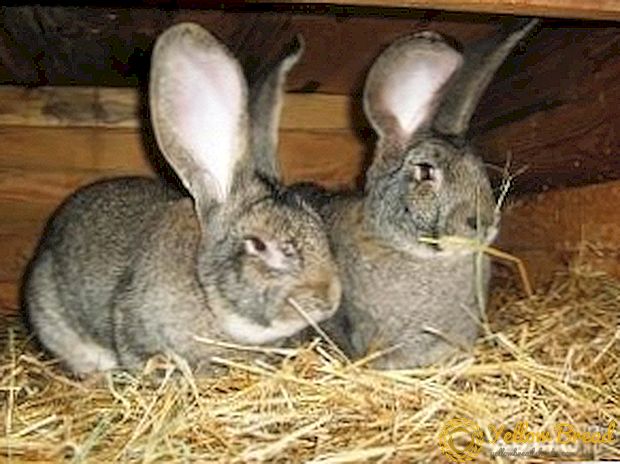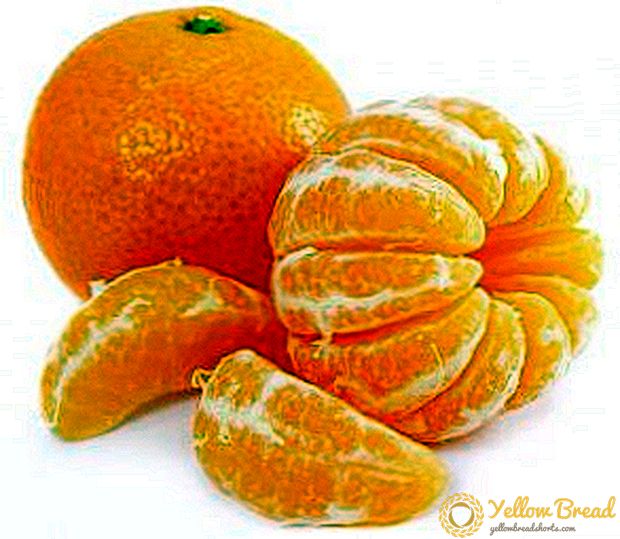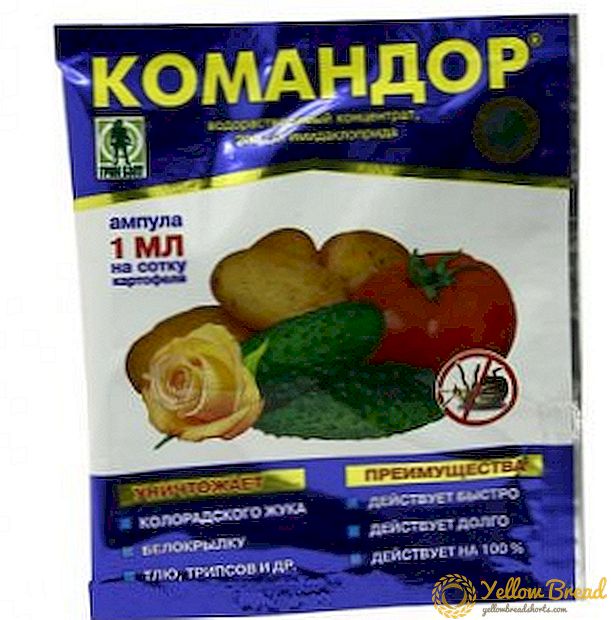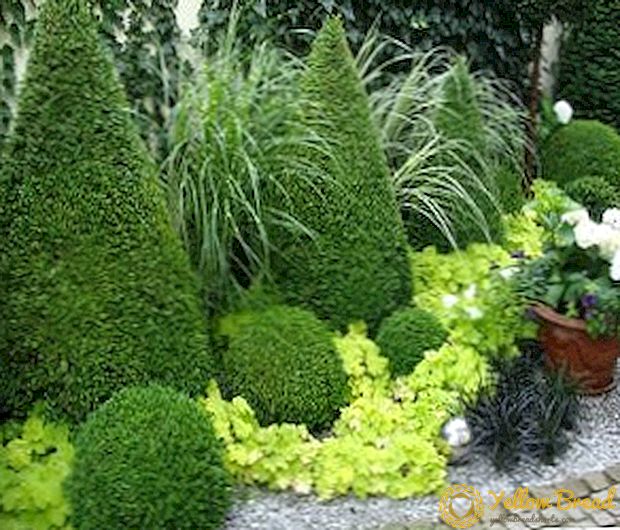 Landscape designers use evergreen shrubs to arrange the territory of private houses or parks. Photos with these plants can be seen on the pages of almost all specialized journals about the ways of refining their sites. To create a beautiful and well-groomed landscape, you need to know the rules for planting and caring for these representatives of the flora.
Landscape designers use evergreen shrubs to arrange the territory of private houses or parks. Photos with these plants can be seen on the pages of almost all specialized journals about the ways of refining their sites. To create a beautiful and well-groomed landscape, you need to know the rules for planting and caring for these representatives of the flora.
This article describes the popular flowering shrubs for the garden, their names and photos are provided.
- Aukuba
- Arbutus
- Boxwood
- Callistemon
- Holly
- Camellia
- Choisia
- Ladannik
- Budleya
- Bloodroot
- Application in landscape design
Aukuba
It blooms with the arrival of autumn to mid-winter. It is recommended to land in places that are well lit by the sun or slightly shaded. Propagated by lignified cuttings in the autumn.

Arbutus
It blooms from mid-autumn to early winter. It is recommended to land in places that are well lit by the sun or slightly shaded. For planting plants are purchased in specialized stores.
It does not grow very quickly, closer to winter, strawberries similar to strawberries and without taste appear. The height of the most popular subspecies - large-fruited strawberry - can reach two meters. It has a white bloom, sometimes pink. 
Boxwood
It is recommended to land in places well lit by the sun or slightly shaded. Propagated by cuttings planted in the summer under a glass canopy. Insensitive to even strong winds, gets along well on alkaline soils and in dark places. Amenable to regular haircut. The height of the main species - the evergreen box - can reach three meters if it is not cut.Some varieties have yellow blotches on the foliage, some have miniature sizes. 
Callistemon
It blooms in the first two summer months. It is recommended to land in places well lit by the sun. Propagated by cuttings planted in the summer under a glass canopy.
Flowering is small, stamens are issued in tightly assembled cylindrical inflorescences. Usually planted on the side facing the sun. Flowering dark pink, long foliage. The height of lemon yellow callistemon can reach two meters, and the hard callistemon can be only one and a half meters, but it is famous for its endurance. 
Holly
It blooms from mid-autumn to early winter. It is recommended to land in places that are well lit by the sun or slightly shaded. Propagated by lignified cuttings in the autumn.
The common holly grows to a height of three meters and is known as a symbol of Christmas. Some subspecies, despite the name, have non-spiky evergreen foliage. The so-called “Golden King” has yellow edges, and the “Silver Marginata” is white. Budded holly leaves have leaves similar to boxwood.

Camellia
Camellia attributed to tea evergreens, as its petals can be brewed and consumed in the form of drinks.
Gardeners appreciate it for unimaginably beautiful flowering. That is why camellia is preferred by landscape designers. She creates an accent and attracts attention, perfectly complementing the site. Perhaps the dispersion of camellia in pots in the yard or in the house, and a simple planting on the site. Planted as one bush, and whole compositions. It is recommended to use large white pots, similar to Chinese vases. 
Choisia
It blooms from mid to late spring. It is recommended to land in places that are well lit by the sun or slightly shaded. Propagated by cuttings planted in the summer under a glass canopy.
The peculiarity of this neat rounded shrub - year-round dense leafy crown. The appearance of flat inflorescences occurs in spring, and the fragrance is emitted both by flowering and foliage. For the garden it is recommended to use triad tripe, which grows up to a height of two meters.Some varieties have yellow or narrow foliage. 
Ladannik
It blooms all summer. It is necessary to land only in sunny places. Propagated by cuttings planted in the summer under a glass canopy.
Blossoms are very fleeting with spots at the bases. These ornamental shrubs are characterized by the regular appearance of buds and constant flowering throughout the three summer months. Some varieties do not even reach one meter in height, like “Silver-Pink”, others are taller, like “Purple”.

Budleya
The most popular shrub for our gardeners. It can be perfectly fit into the composition of the landscape garden corner, very well combined with other plants near the lawn. Recommend the use of tree varieties for single plantations. They are also planted to disguise farm buildings, pipes, or as a hedge.
Advantages are a variety of color palette inflorescences, as well as their shape. It can be spherical, spicate, sultanoid or in the form of panicles scattered around the stems. Nearby you can plant both perennial and shrub plants, or use a budley as a backdrop for roses.
Designers often make combinations with rolling tonality. The shrub can be given a spectacular look by cutting the lower branches and placing it in the vases. 
It blooms from mid-summer to early autumn, sometimes to mid. It grows to the height of an average tree, up to three to five meters. It blooms no more than a dozen years, but when cultivated by cuttings of flowering can be obtained immediately, in the first year. In view of this, the budley is a more than relevant component for your site.
Bloodroot
Potentilla has long been used as an effective drug. But nowadays it is decorated with house territories. Externally, potentilla is very unusual, therefore will play the role of raisin in your front garden.

Garden plants are usually planted with plants. Experts of silverweed is defined as an unpretentious plant with pleasant foliage and bright flowers. A distinctive feature is the rapid growth and tolerance to the appearance of shoots.With the planting of this bush landscape becomes more structured and organic.
Mingling can be placed:
- as a hedge (use as a composition border or frame a border);
- in the Alpine hills (excellent complement of rock garden and its stones, dilution of coniferous and creeping greens);
- in flower beds (as a combination with other flower beds, and can act as a supplement, and the main components).



Application in landscape design
Evergreen shrubs are best planted in spring. The main question solved by the gardener is the determination of the correct variety of plant and its optimum location on the site.
Shrubs can be assigned different functions:
- to form a hedge;
- provide decorative;
- create a zone of relaxation and positive atmosphere.
Shrubs are annual and perennial, so there are different ways to use them and the complexity of care.Definitely it can be said that they all decorate the place where they are located. The functional purpose of shrubs is the most important criterion for choosing them when buying. Plants are upright and curly, fragrant and odorless, flowering and deciduous, liana-like and ground cover. On the basis of this, their compatibility with other plantations is also taken into account. At the same time, shrubs can not only complement some crops, but also suppress various weeds.
Descriptions of plants and the photos presented will facilitate your study of a large range and features of shrubs, as well as guide you to the right choice for your site.

